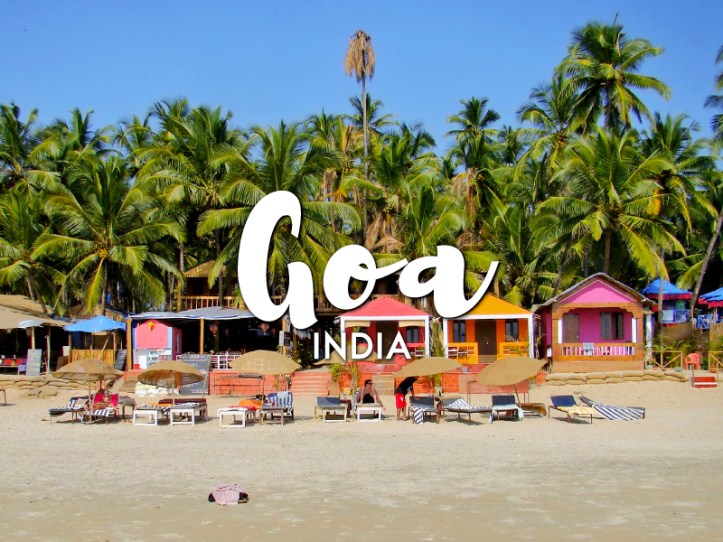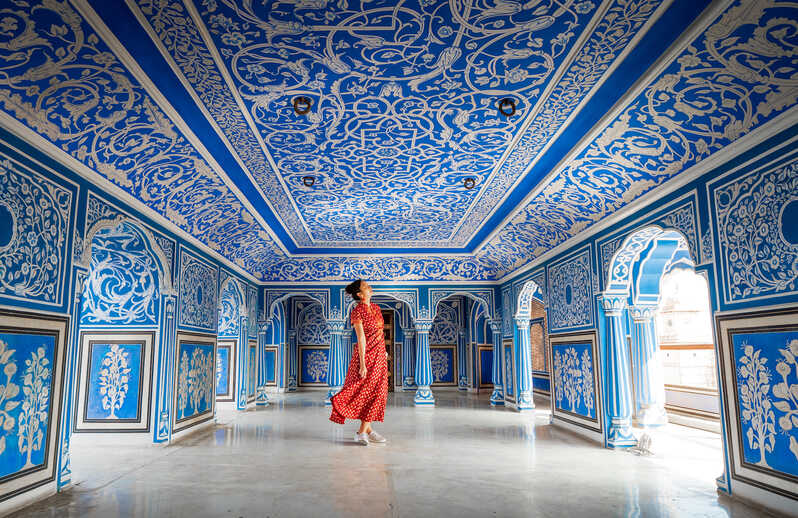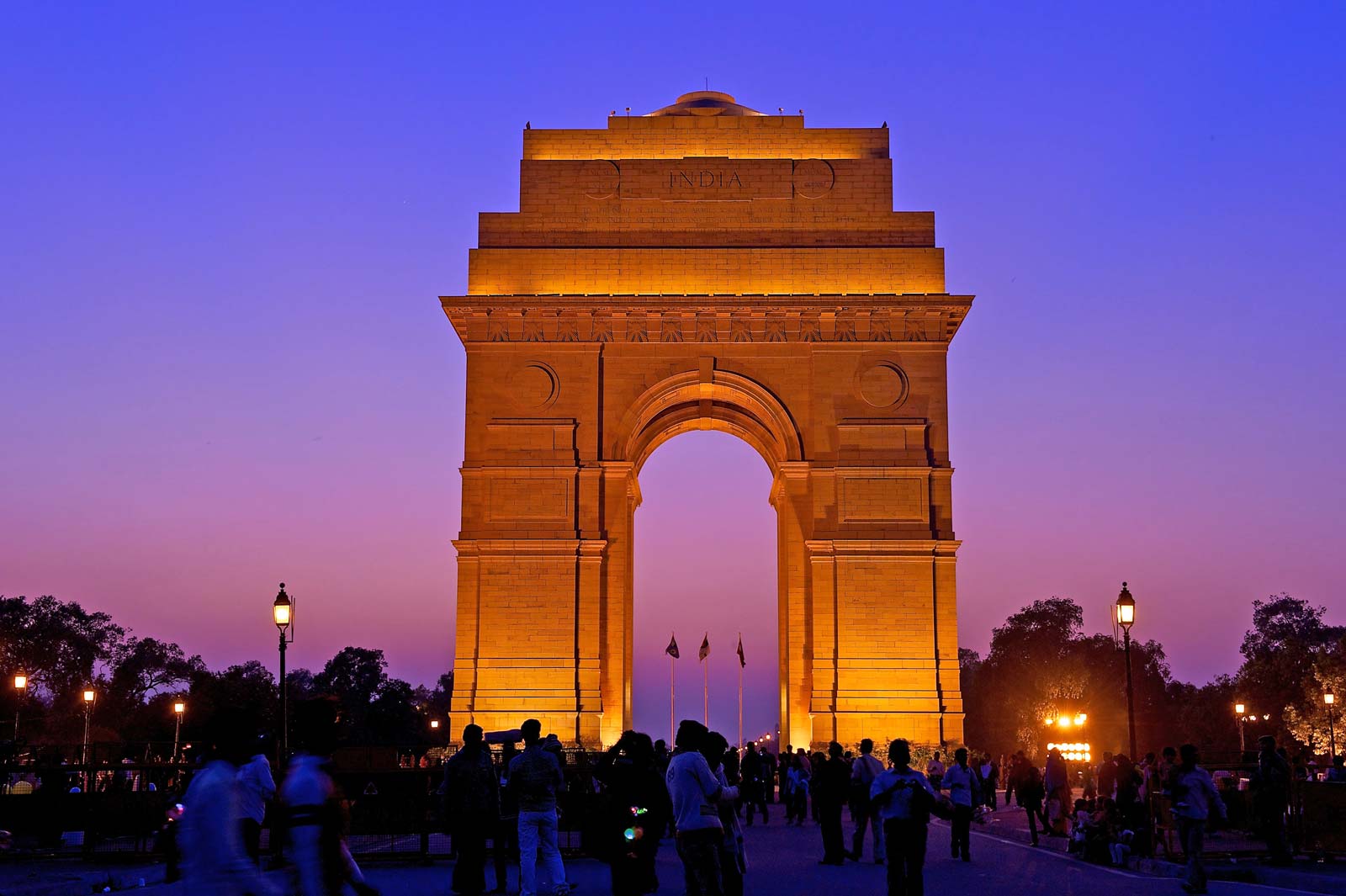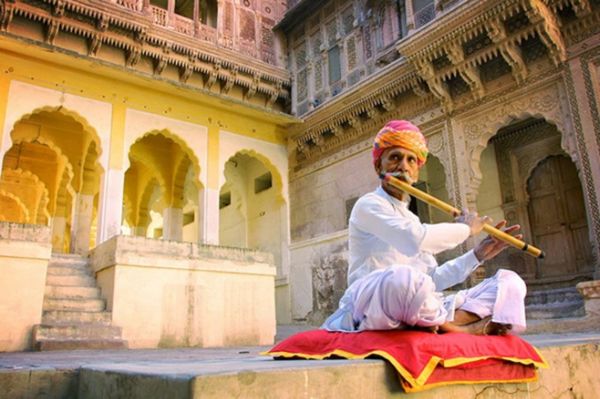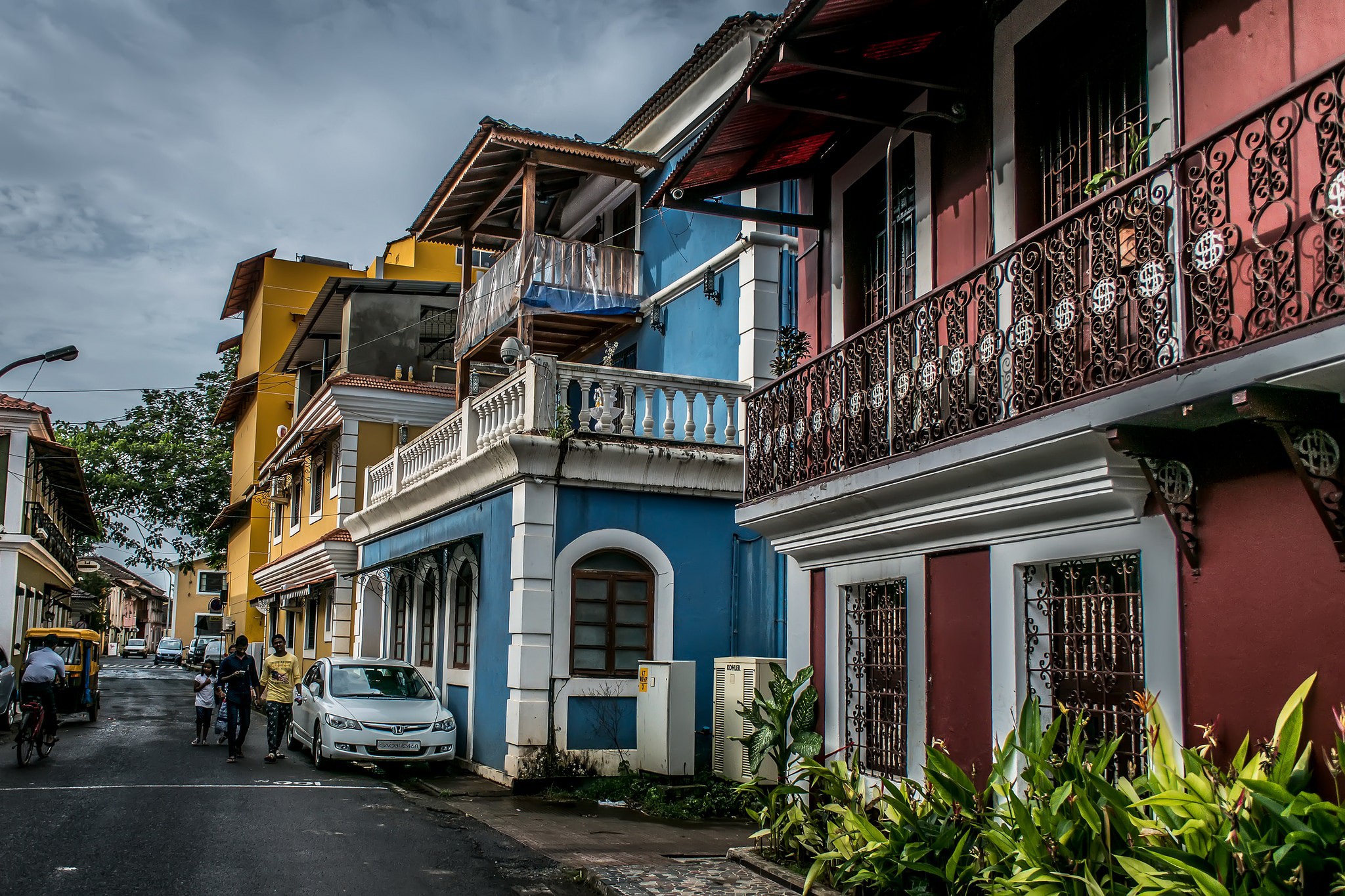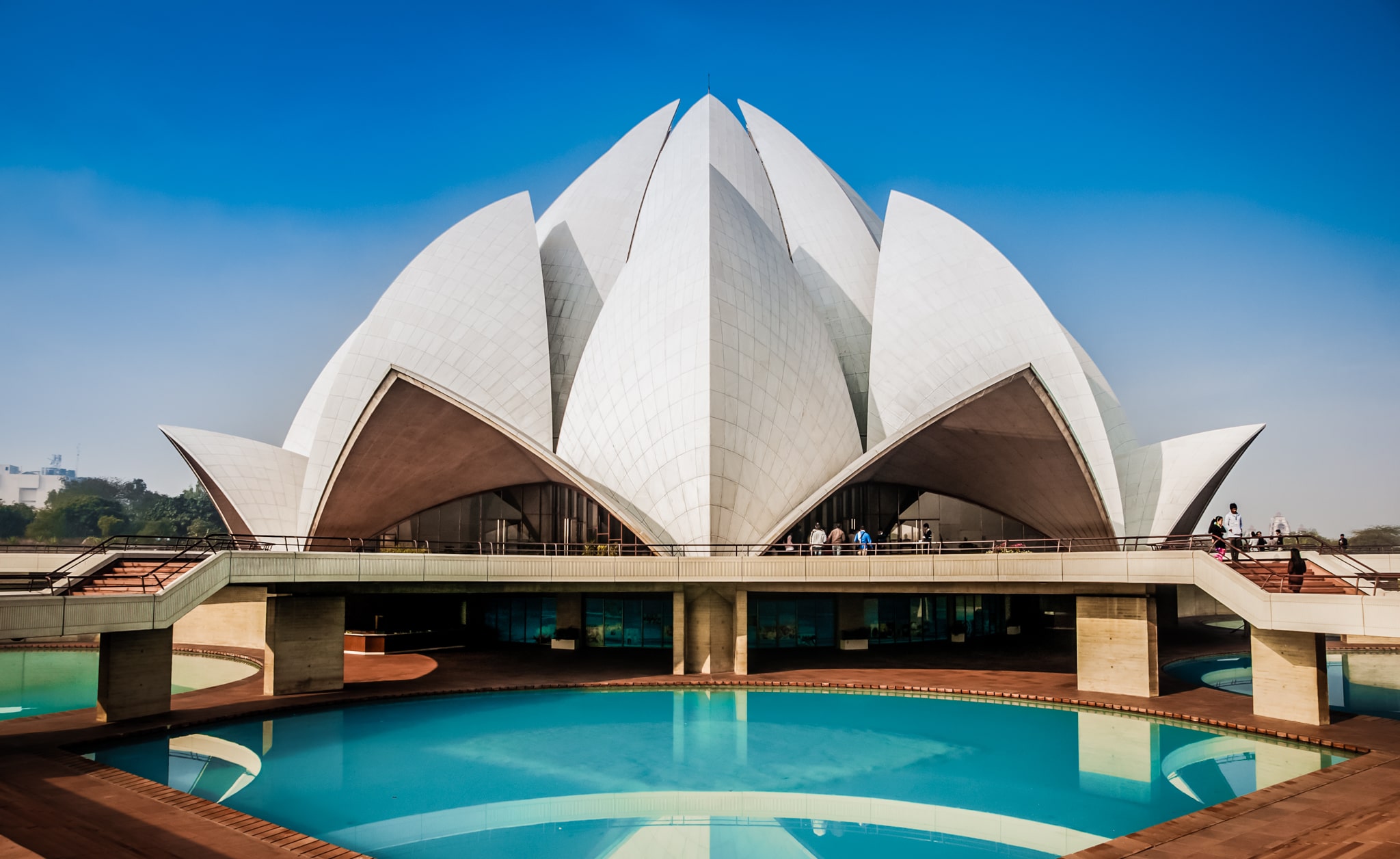FAQs
Q: What are some popular tourist destinations in India?
A: India is known for its diverse attractions. Some popular tourist destinations include the Taj Mahal in Agra, Jaipur (known as the Pink City) in Rajasthan, Kerala's backwaters, Goa's beaches, Varanasi's spiritual sites, and the vibrant cities of Mumbai and Delhi.
Q: What is the best time to visit India?
A: The best time to visit India depends on the region you plan to explore. Generally, the winter months (November to February) are considered the best for most parts of the country as the weather is pleasant. However, India has different climate zones, so it's important to consider the specific region you wish to visit.
Q: What should I pack for my trip to India?
A: It's advisable to pack lightweight and breathable clothing, especially during the summer months. Don't forget to carry comfortable footwear, sunscreen, insect repellent, a hat, and sunglasses. If you plan to visit religious sites, it's essential to have modest clothing that covers your shoulders and knees.
Q: Do I need a visa to visit India?
A: Yes, most travelers require a visa to enter India. You can apply for an e-visa or a regular visa through the Indian embassy or consulate in your home country. It's recommended to check the specific visa requirements based on your nationality before planning your trip.
Q: Is it safe to travel in India?
A: Like any other destination, it's important to take certain precautions while traveling in India. While most tourists have a safe and enjoyable experience, it's advisable to stay aware of your surroundings, avoid isolated areas at night, and take necessary precautions to safeguard your belongings.
Q: Can I use credit cards or should I carry cash?
A: Credit cards are widely accepted in major cities and tourist areas. However, it's always useful to carry some cash, especially in rural areas or when visiting local markets where cash transactions are more common. ATMs are easily accessible in cities for cash withdrawals.
Q: What are the popular cuisines in India?
A: Indian cuisine is diverse and varies across regions. Some popular dishes include butter chicken, biryani, dosa, samosa, tandoori items, and various curries. Each state has its own culinary specialties, so exploring local cuisine is a delightful experience.
Q: How is the transportation system in India?
A: India has a well-developed transportation system. Major cities have airports with domestic and international flights. Public transportation includes buses, trains, and metro systems in some cities. Auto-rickshaws, taxis, and app-based ride-hailing services like Uber and Ola are commonly used for local transportation.





